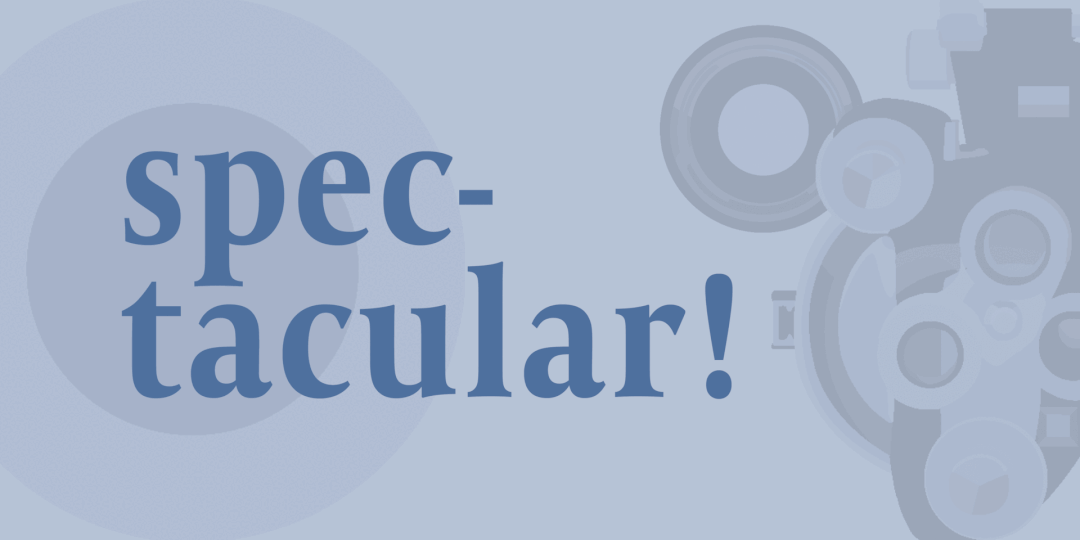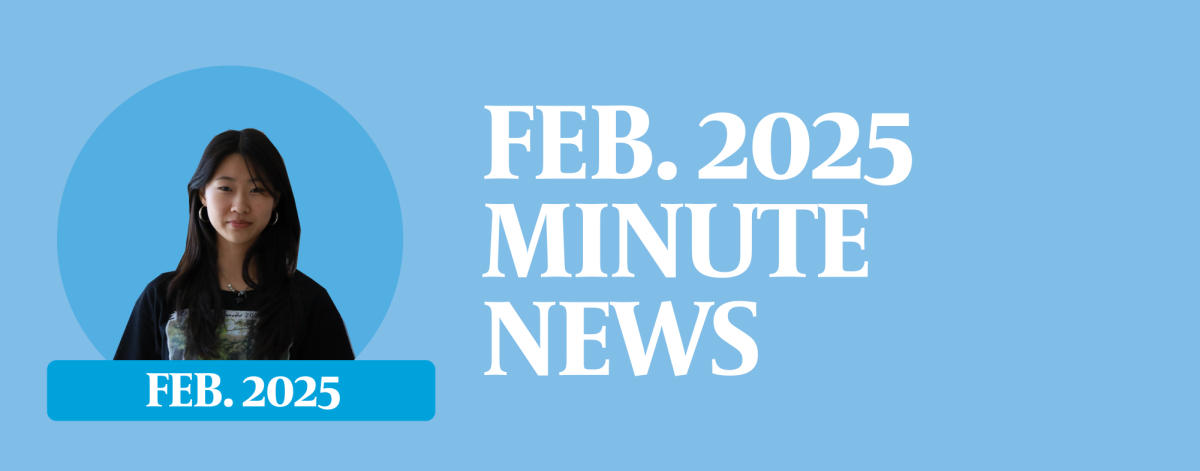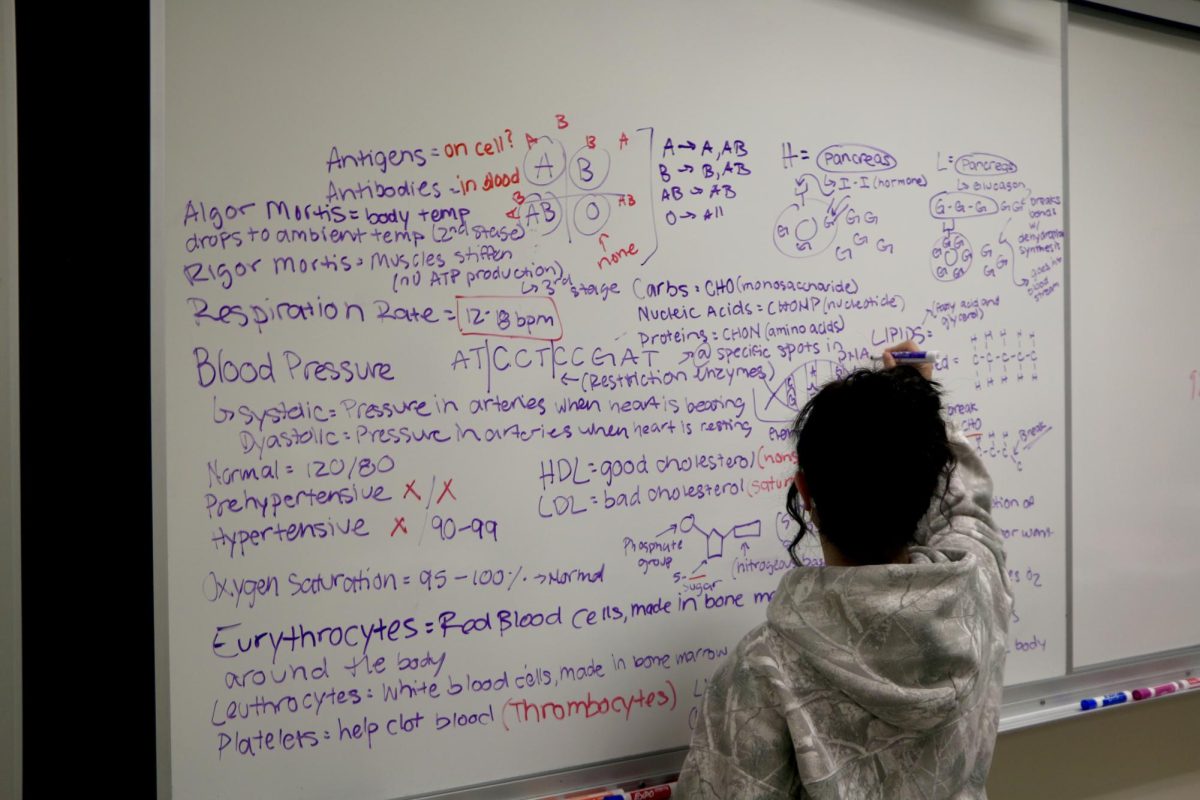 “For the first time, the international organization has set a date for the moment when the ‘Age of America’ will end. China’s economy will surpass that of America in 2016.”
“For the first time, the international organization has set a date for the moment when the ‘Age of America’ will end. China’s economy will surpass that of America in 2016.”
These words, written in the Wall Street Journal on April 25, 2011, are now heard almost everywhere in society. When we sing the national anthem or pledge allegiance to the American flag, once considered by most as a symbol of power and dominance, do we really believe in the symbolism that it represents? However, there is one aspect of the American society that will bring us back from the second-place rank. That aspect is diversity.
To truly understand the rise and fall of global superpowers, we must delve into history and attempt to draw patterns from some of the most successful civilizations that ever existed. One example is the Mongol Empire, which covered nearly one-fourth of the world’s land area and lasted for over 400 years.
One might ask: how can diversity help a civilization be powerful? A reason the Mongolians were so successful economically was because of the superior technology they employed. The engineers and tacticians of the empire’s various races came together, combined their knowledge and created more deadly weapons and strategies. With these assets, conquests increased and the Mongolians gained more money. So, inadvertently, because diversity improved technology, the Mongolian economy grew.
Successes similar to those of the Mongolians are found in all of the greatest empires in history. From Alexander the Great’s Bactria to the Roman Empire, one can see that diversity was crucial in each empire’s success.
However, the Mongol Empire fell in 1368. How could such a strong state collapse? The answer to this also lies with diversity. Years before their fall, the Mongolians split their empire into eight parts. This erased all political, scientific and economical gains made by the Mongols because none of the respective specialists from each region were able to consult with each other and merge their ideas.
This brings us back to America. Here, anyone, no matter his or her ethnicity, can rise to a position of prominence. Even the collegiate system understands the power of diversity. Harvard University only accepts about 50 percent Caucasian students according to its admissions website. The rest of the class is of scattered nationalities among African Americans, Asians, Hispanics and other minority groups. Most other colleges in America follow this system of affirmative action.
Immigration to America is projected to increase exponentially over the next couple of years, according to the Star-Ledger. Also, with the Student Visa Reform Act, which says that only foreign students may enter the United States temporarily to study at educational institutions, some of the brightest people from the world are flooding into America, bringing new ideas and innovations. These new ideas and innovations, in turn, will stimulate the economy just as Mongolian innovation stimulated their economy.
Technological innovations and economic stimulation can flourish with diversity. In today’s society, in which knowledge is everything, Americans from different backgrounds can contribute to the plethora of already successful ideas. With increased innovations, the U.S. economic condition is sure to improve.
Even if the Chinese economy does surpass ours in the future, we must not lose faith in our country. Though it might take a while, America will rise to the occasion and reclaim its role as the number one global economic superpower because of diversity.































![AI in films like "The Brutalist" is convenient, but shouldn’t take priority [opinion]](https://hilite.org/wp-content/uploads/2025/02/catherine-cover-1200x471.jpg)













































![Review: “The Immortal Soul Salvage Yard:” A criminally underrated poetry collection [MUSE]](https://hilite.org/wp-content/uploads/2025/03/71cju6TvqmL._AC_UF10001000_QL80_.jpg)
![Review: "Dog Man" is Unapologetically Chaotic [MUSE]](https://hilite.org/wp-content/uploads/2025/03/dogman-1200x700.jpg)
![Review: "Ne Zha 2": The WeChat family reunion I didn’t know I needed [MUSE]](https://hilite.org/wp-content/uploads/2025/03/unnamed-4.png)
![Review in Print: Maripaz Villar brings a delightfully unique style to the world of WEBTOON [MUSE]](https://hilite.org/wp-content/uploads/2023/12/maripazcover-1200x960.jpg)
![Review: “The Sword of Kaigen” is a masterpiece [MUSE]](https://hilite.org/wp-content/uploads/2023/11/Screenshot-2023-11-26-201051.png)
![Review: Gateron Oil Kings, great linear switches, okay price [MUSE]](https://hilite.org/wp-content/uploads/2023/11/Screenshot-2023-11-26-200553.png)
![Review: “A Haunting in Venice” is a significant improvement from other Agatha Christie adaptations [MUSE]](https://hilite.org/wp-content/uploads/2023/11/e7ee2938a6d422669771bce6d8088521.jpg)
![Review: A Thanksgiving story from elementary school, still just as interesting [MUSE]](https://hilite.org/wp-content/uploads/2023/11/Screenshot-2023-11-26-195514-987x1200.png)
![Review: "When I Fly Towards You", cute, uplifting youth drama [MUSE]](https://hilite.org/wp-content/uploads/2023/09/When-I-Fly-Towards-You-Chinese-drama.png)
![Postcards from Muse: Hawaii Travel Diary [MUSE]](https://hilite.org/wp-content/uploads/2023/09/My-project-1-1200x1200.jpg)
![Review: "Ladybug & Cat Noir: The Movie," departure from original show [MUSE]](https://hilite.org/wp-content/uploads/2023/09/Ladybug__Cat_Noir_-_The_Movie_poster.jpg)
![Review in Print: "Hidden Love" is the cute, uplifting drama everyone needs [MUSE]](https://hilite.org/wp-content/uploads/2023/09/hiddenlovecover-e1693597208225-1030x1200.png)
![Review in Print: "Heartstopper" is the heartwarming queer romance we all need [MUSE]](https://hilite.org/wp-content/uploads/2023/08/museheartstoppercover-1200x654.png)

